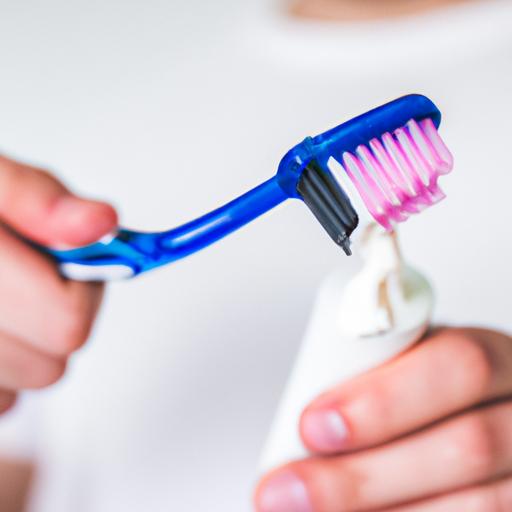Discover effective brushing and flossing instructions for optimal oral hygiene. Learn the proper techniques and tools to maintain a healthy smile.

Introduction
Maintaining good oral hygiene is crucial for a healthy smile and overall well-being. Brushing and flossing play a pivotal role in preserving the health of our teeth and gums. In this article, we will provide you with step-by-step instructions on effective brushing and flossing techniques to ensure optimal oral hygiene. By following these recommendations, you can enhance your dental care routine and prevent various oral health issues.

Proper brushing technique
Brushing Instructions
Choosing the Right Toothbrush and Toothpaste
Selecting the right toothbrush and toothpaste is the first step towards achieving proper oral hygiene. Opt for a soft-bristled toothbrush that effectively removes plaque without damaging your gums. Additionally, choose a fluoride toothpaste to strengthen your tooth enamel and protect against cavities.
Proper Brushing Technique
To maximize the benefits of brushing, it’s essential to follow the correct technique. Firstly, brush your teeth at least twice a day, preferably after meals. Use gentle circular motions and hold your toothbrush at a 45-degree angle to your gums. Ensure you reach all tooth surfaces, including the front, back, and chewing surfaces. Remember to brush your tongue as well to eliminate bacteria and freshen your breath.
Additional Tips for Effective Brushing
In addition to the basic brushing technique, there are a few extra steps you can take to improve your brushing routine. Consider incorporating interdental cleaning methods such as using dental floss or interdental brushes to remove plaque and debris from hard-to-reach areas. These tools help prevent cavities and gum disease by targeting the spaces between teeth.
Flossing Instructions
Types of Dental Floss
Dental floss is available in various types, including waxed, unwaxed, flavored, and tape floss. Choose the one that suits your preferences and effectively cleans between your teeth. Experimenting with different floss types can help you find the one that feels most comfortable and allows for thorough cleaning.
Correct Flossing Technique
Flossing should be an integral part of your oral hygiene routine. Follow these steps to achieve optimal results: floss at least once a day, preferably before bedtime. Hold the floss tightly between your thumbs and index fingers, and gently slide it between each tooth, curving it around the base and sliding it under the gum line. Be cautious not to snap the floss into your gums, as this can cause irritation.
Supplementary Flossing Tools
To complement your flossing routine, you can incorporate some supplementary tools. Interdental brushes are small, cone-shaped brushes that help remove plaque and debris from larger spaces between teeth. Water flossers, on the other hand, use a stream of water to dislodge food particles and bacteria from hard-to-reach areas. These tools can be especially useful for individuals with braces or dental restorations.
Maintaining Oral Hygiene Routine
Consistency and Regularity
Consistency is key when it comes to maintaining good oral hygiene. It is crucial to brush and floss your teeth regularly to remove plaque and prevent the buildup of harmful bacteria. By incorporating these habits into your daily routine, you can significantly improve your oral health and reduce the risk of developing dental issues.
Importance of Professional Dental Care
While brushing and flossing are essential, professional dental care should never be overlooked. Regular visits to your dentist for check-ups and cleanings are vital to identify and address any potential dental problems early on. Your dentist can also provide personalized recommendations based on your oral health needs, ensuring you are on the right track for optimal oral hygiene.
Other Oral Care Practices to Consider
In addition to brushing and flossing, there are other practices that contribute to a healthy smile. Using an antimicrobial mouthwash can help eliminate bacteria and freshen your breath. A well-balanced diet rich in vitamins and minerals is also essential for maintaining healthy teeth and gums. Staying hydrated is equally important, as it helps promote saliva production and prevents dry mouth, which can lead to dental issues.
Conclusion
Achieving and maintaining optimal oral hygiene is within your reach by following these brushing and flossing instructions. Remember to choose the right toothbrush and toothpaste, master the correct brushing technique, and incorporate flossing into your daily routine. By staying consistent and complementing your routine with professional dental care, you can enjoy a healthy smile and prevent various oral health issues. Take charge of your oral hygiene today and reap the rewards for a lifetime.
For more tips and guides on oral hygiene, you can visit the following resources:







